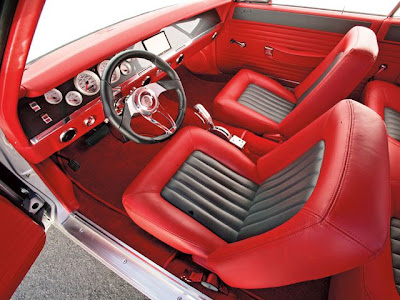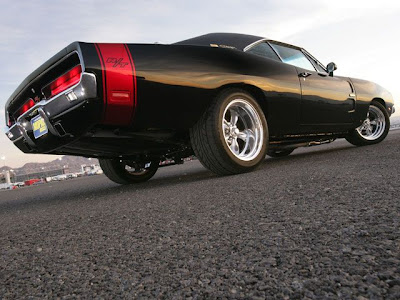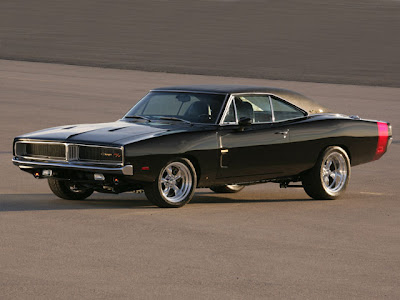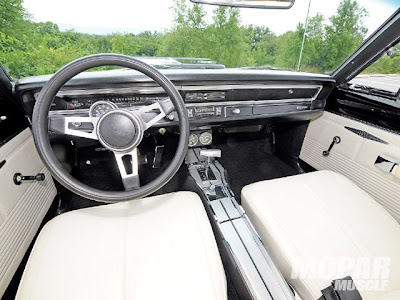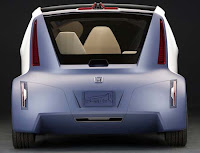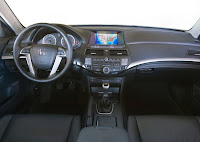The 650R offers serious low-end grunt boosted by digital fuel injection, light weight, and a beautiful chassis that will keep riders smiling from ear to ear whether they�re riding in the canyons or commuting on city streets. Its carefully tuned suspension complete with distinctive side-mounted shock, triple petal disc brakes and light weight make this bike a serious presence in the middle of the Ninja line.
The Ninja�s slim structure is due to its compact 8-valve 649cc parallel-twin engine, which permits the use of a narrow, lightweight frame. The fuel injection and ignition settings are tuned to boost the liquid-cooled engine�s bottom-end torque, to smooth the low-to-mid rpm response and allow the engine to rev quicker.
Routing the engine coolant internally to the cylinder and head through the engine cases reduces the number of external hoses. The engine also meets stringent emissions regulations thanks to its precise fuel injection and a three-way catalyst system with a 300-cell catalyzer.
The non-intimidating twin cylinder appeals to new riders, and has an excellent mid-range that offers enough pizzazz to thrill more advanced riders. With a natural shift lever position, selecting gears is very easy. The manageable power delivery and superb roll-on response enable the Ninja 650R to make short work of the morning commute or perform as an entertaining track day companion � all while delivering good fuel economy.
This spirited sportbike�s frame, swingarm and suspension are all designed for minimal vibration and light, quick handling. Rubber upper-rear engine mounts in the signature trellis frame, and rubber-insulated handlebar mounts result in low vibration, for all-day comfort along with great handling. Rider and passenger footpegs are also rubber coated to reduce the amount of vibration transferred to the rider. The natural riding position and ergonomics are enhanced by a slim, low seat which makes reaching the ground easy for increased confidence.
Surrounding the Ninja 650R�s chassis is unquestionably sporty styling. Avoiding unnecessary design flourishes, the Ninja 650R�s sharp lines flow throughout the bike, giving it an aggressive appearance. The fairing�s integrated turn signals and a sharp tail cowl highlight the motorcycle�s compact dimensions. From its windscreen and dual headlights to the high-quality finish of its sleek minimalist fairing, there�s little room for doubt about this Ninja�s supersport genetics.
Beyond its exciting appearance, MotoGP-inspired multi-function instrumentation and controls, the Ninja 650R is rolling proof that a performance motorcycle can be practical and comfortable. The rider may notice the slimness of the chassis, low seat height and minimal effort controls first before recognizing the true aim of Kawasaki�s design efforts � the rider. The Ninja 650R�s friendly ergonomics provide a versatile cockpit that both novice and experienced riders can use to employ its fullest, from the daily commute to a weekend canyon run. In other words, this real-world overachiever easily demonstrates its versatility and everyday usefulness.
DOWNLOAD manual of Kawasaki Ninja 650R
